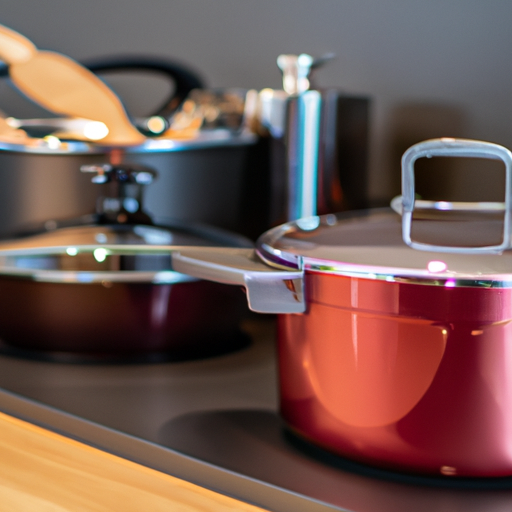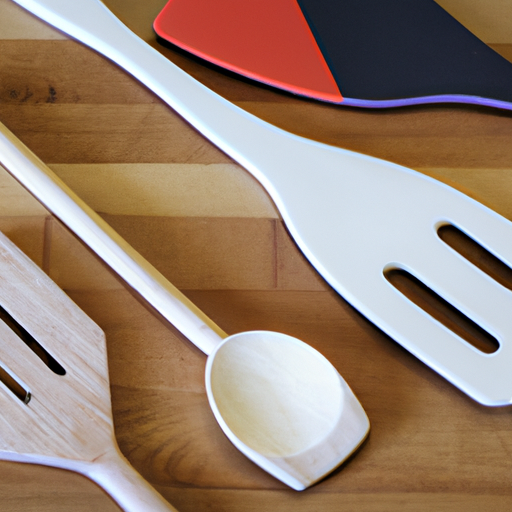FoodieFanatic
I never knew the potential risks of using non-stick cookware. Thanks for the informative article.

Non-stick cookware is easy to clean and requires less oil for cooking, making it a healthier option. It also prevents food from sticking, ensuring an even cook every time. Additionally, non-stick pans are lightweight and perfect for everyday use.
One of the main drawbacks of non-stick cookware is its durability. Over time, the non-stick coating can wear off, leading to potential health risks. It is important to replace non-stick pans regularly to avoid any harmful chemicals from leaching into your food.
Non-stick cookware is not suitable for high-temperature cooking methods such as searing or broiling. Exposing non-stick pans to high heat can cause the coating to break down and release toxic fumes. It is essential to use non-stick cookware within the recommended temperature range.
To prolong the life of your non-stick cookware, avoid using metal utensils that can scratch the coating. Instead, opt for silicone or wooden utensils. Hand washing non-stick pans is recommended to prevent damage to the coating. Store non-stick cookware carefully to avoid scratches and chips.
For those concerned about the potential health risks associated with non-stick cookware, there are alternative options available. Stainless steel, cast iron, and ceramic cookware are durable choices that do not contain harmful chemicals. These alternatives may require more oil for cooking but offer long-lasting performance.

| Type of Cookware | Advantages | Disadvantages |
|---|---|---|
| Non-Stick | Easy to clean, requires less oil, prevents food from sticking | Durability concerns, temperature limitations |
| Stainless Steel | Durable, does not leach chemicals, suitable for high-temperature cooking | Can be heavier, food may stick without proper seasoning |
| Cast Iron | Excellent heat retention, adds iron to food, naturally non-stick when seasoned | Requires regular seasoning, can be heavy to handle |
| Ceramic | Non-reactive surface, easy to clean, does not contain harmful chemicals | May chip or crack if mishandled, may require more oil for cooking |
In conclusion, non-stick cookware can be a convenient addition to any kitchen, but it is essential to weigh the pros and cons before making a decision. By understanding the advantages and drawbacks of non-stick pans, you can make an informed choice that suits your cooking needs.
FoodieFanatic
I never knew the potential risks of using non-stick cookware. Thanks for the informative article.
CookingEnthusiast
I appreciate the tips on maintaining non-stick cookware. It's essential to take care of our kitchen tools for safe cooking.
HealthyChef
I love the convenience of non-stick pans, but now I'm considering switching to a safer option. It's a tough choice.
HomeCookHero
As someone who enjoys cooking at home, I found this article to be enlightening. I'll be more cautious with my non-stick pans from now on.
KitchenGuru
This article covers all the essential points about non-stick cookware. It's crucial to be aware of the potential drawbacks while enjoying the benefits.
|
|
Gregory Stimeling is a culinary expert with over 10 years of experience in the food industry. He specializes in kitchenware and cooking techniques, providing valuable insights into the world of culinary arts. |